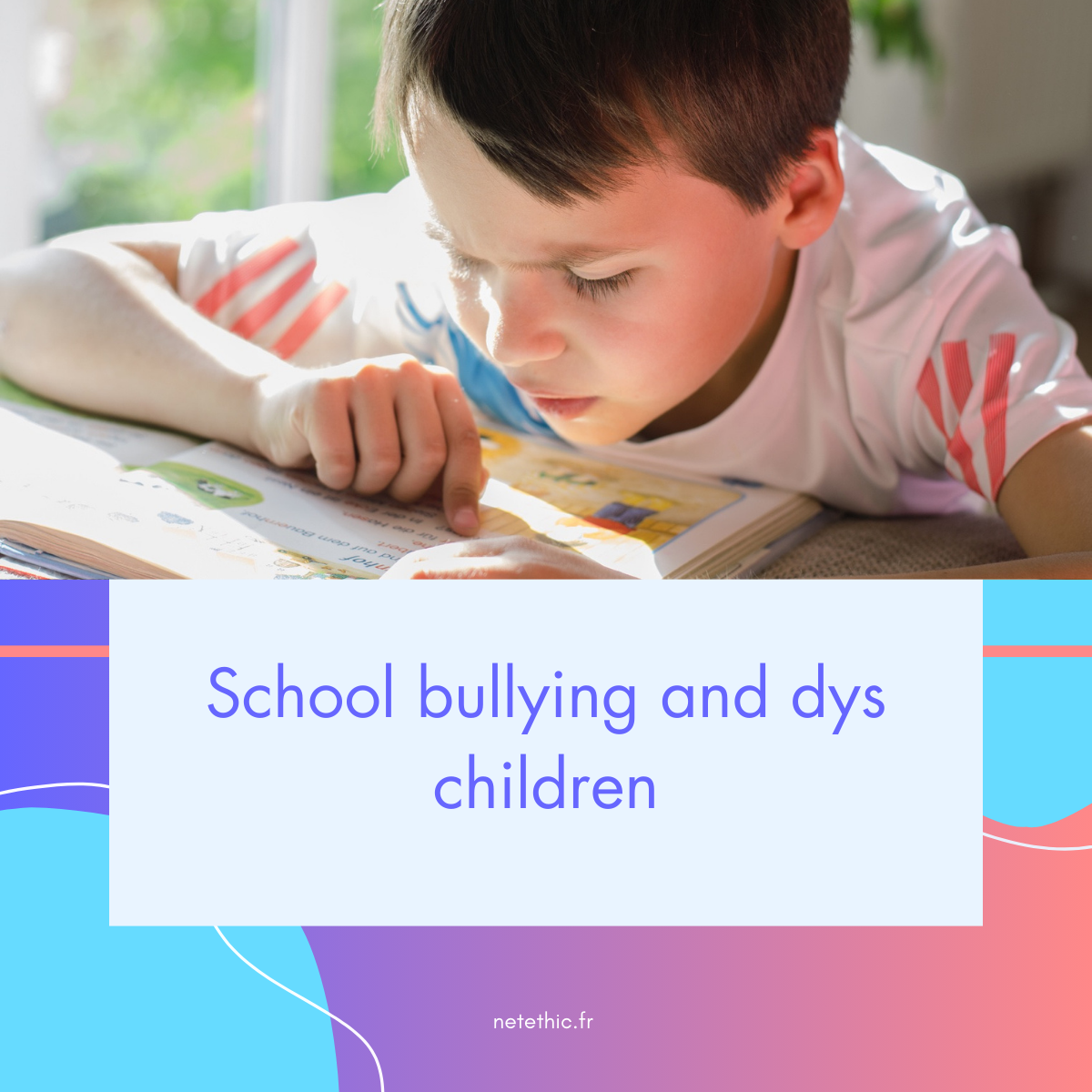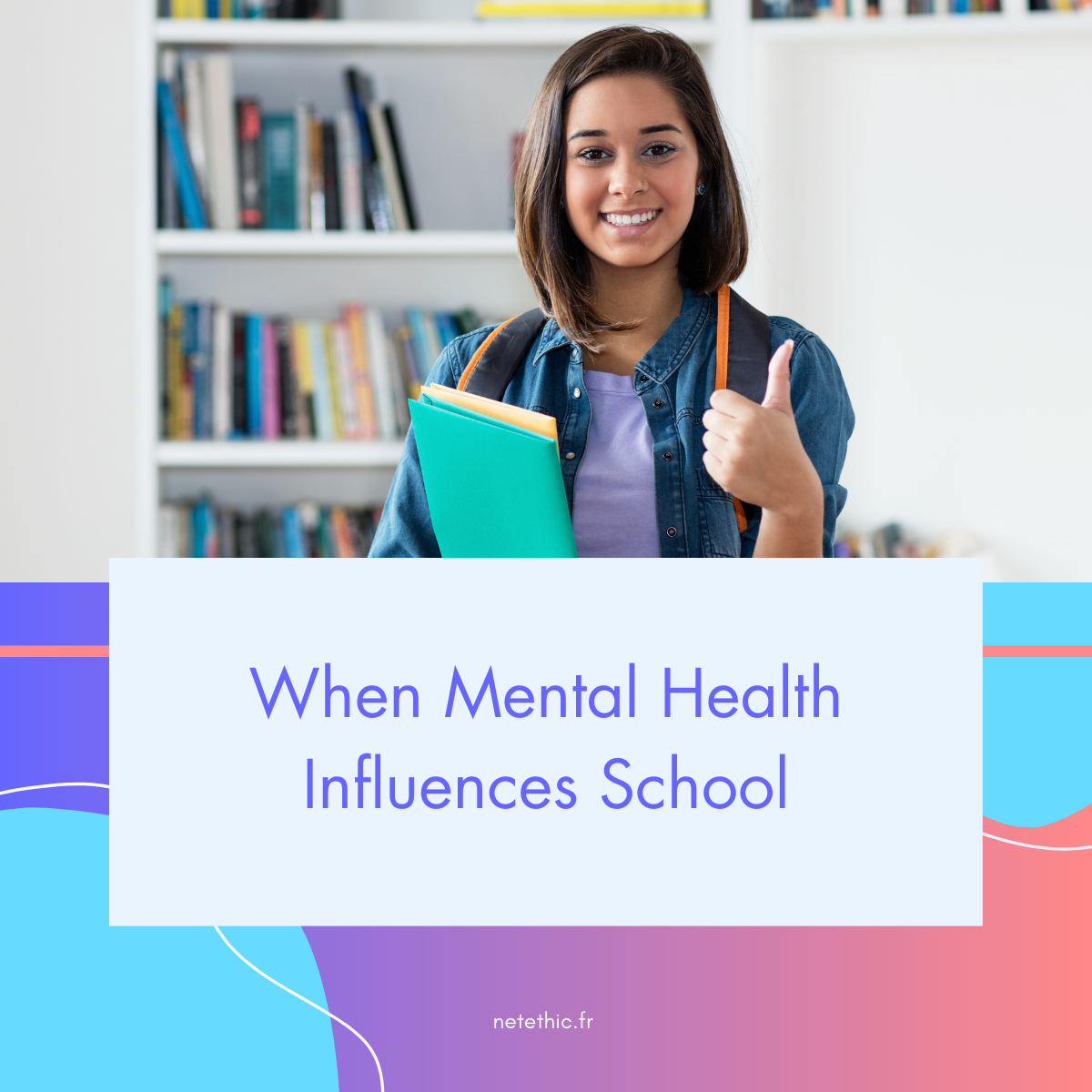
Humor and school bullying: understanding the boundary between joke and harm
Learn how to distinguish harmless humor from school bullying, identify signs of psychological harm in children, and take action to prevent and protect.




Learn how to distinguish harmless humor from school bullying, identify signs of psychological harm in children, and take action to prevent and protect.

School bullying is now a major issue in educational settings, and statistics show that it affects a growing number of children. Among the victims, students with “dys” disorders—dyslexia, dyspraxia, dysphasia, dyscalculia, ADHD, or other neurodevelopmental disorders—are particularly at risk.

Bullying of teachers by students is a reality that remains too little studied. Mockery, insults, and threats weaken teachers every day and put the balance of the educational community at risk.

School bullying places teachers at the heart of a delicate responsibility: to observe, intervene, or protect. Their role, often weakened by a lack of training and support, nevertheless remains crucial in safeguarding students.

Analysis of the links between well-being, absenteeism, school dropout, and psychological distress to better understand educational success.

Youth mental health has become a major public health issue. Epidemiological studies conducted in France and across Europe highlight the scale of mental disorders among adolescents and young adults, as well as the social, educational, and environmental factors that influence their well-being.
Contact
© 2024 Data for Ethic. All rights reserved. | Privacy policy | User Licence